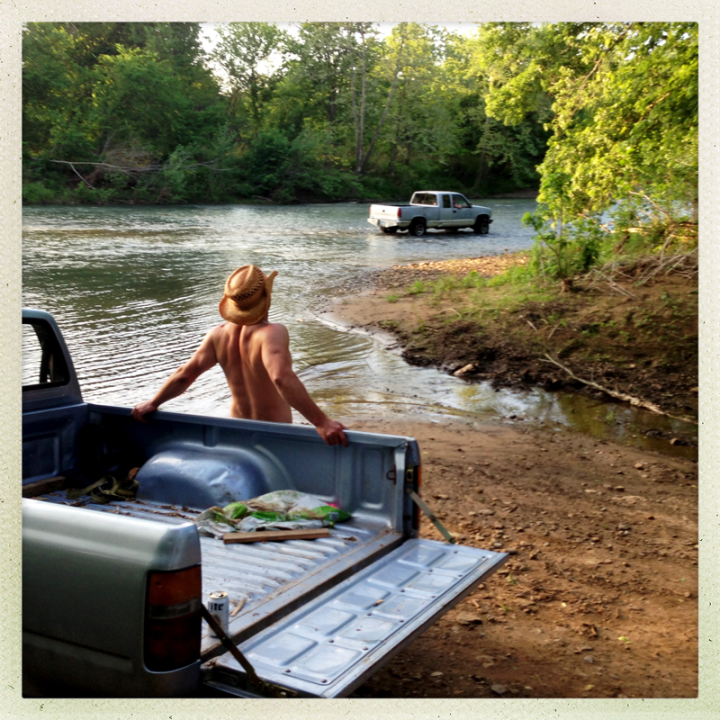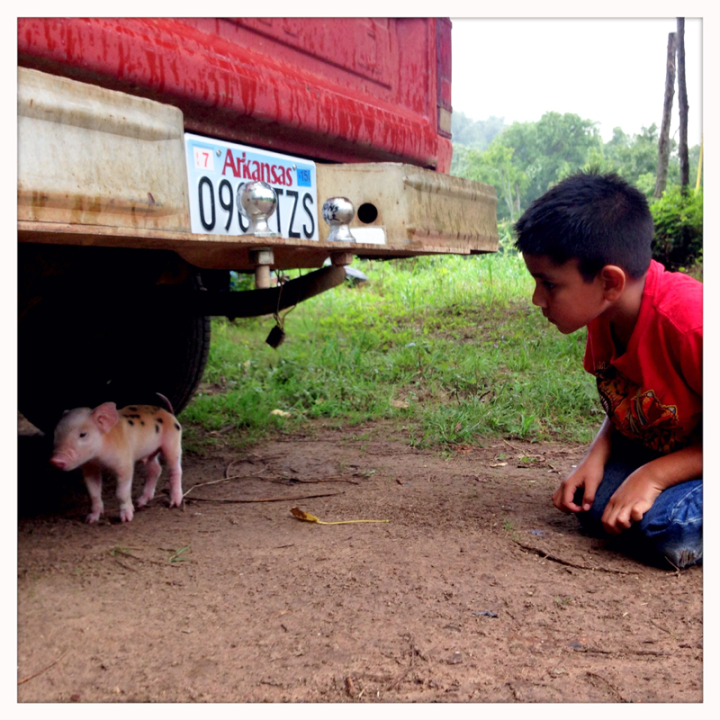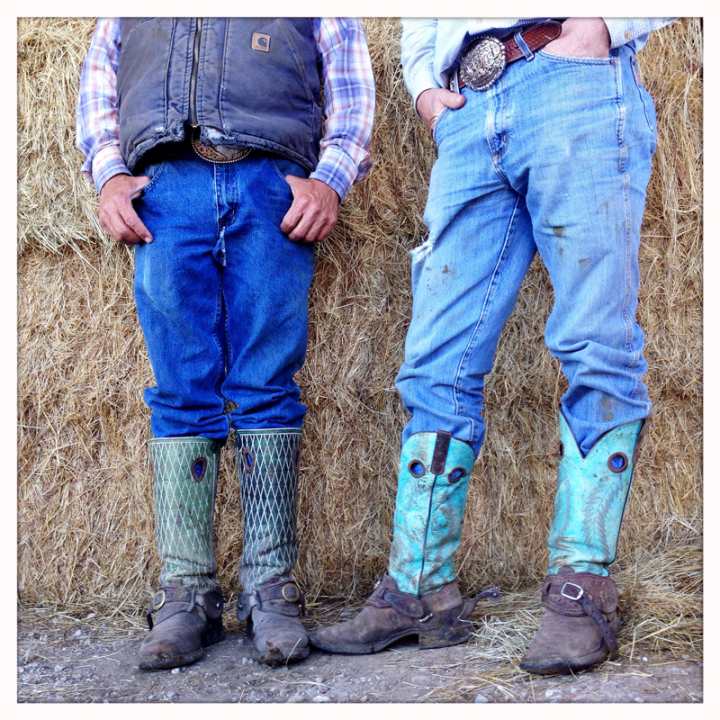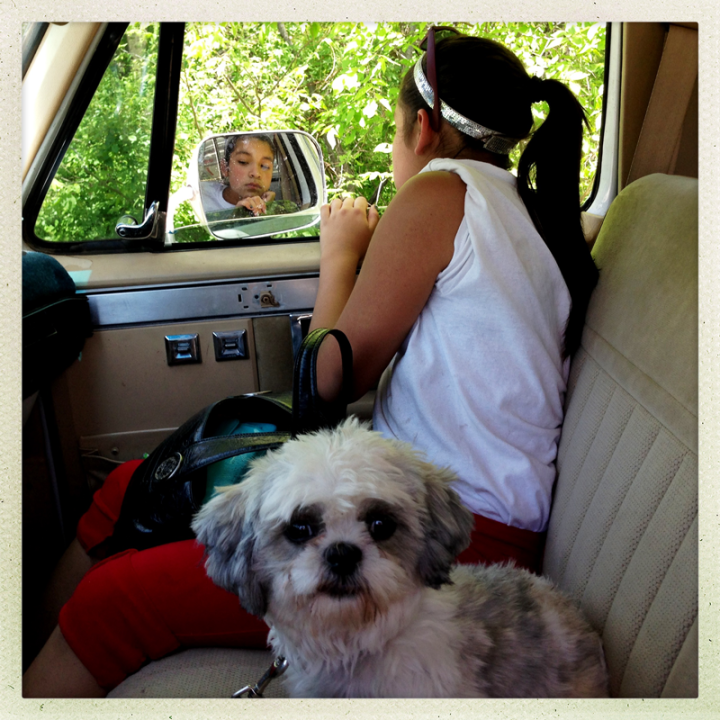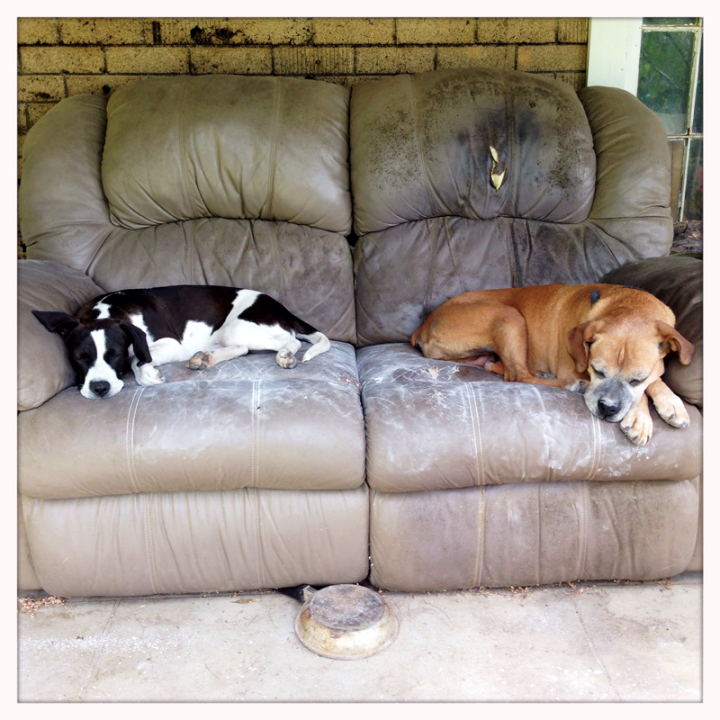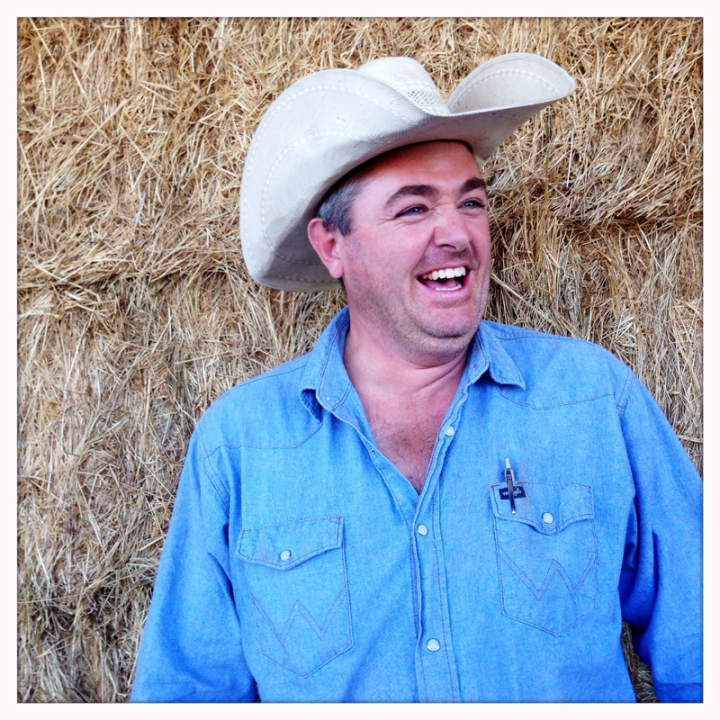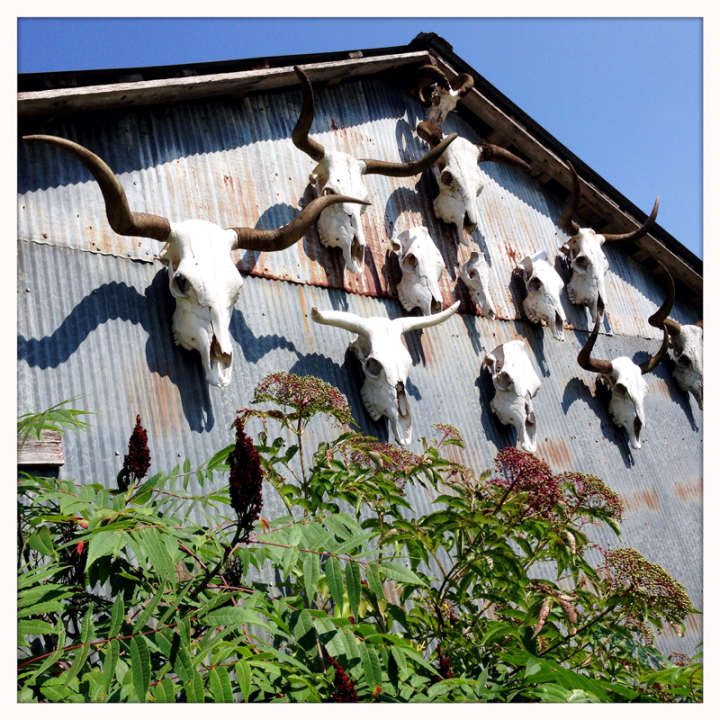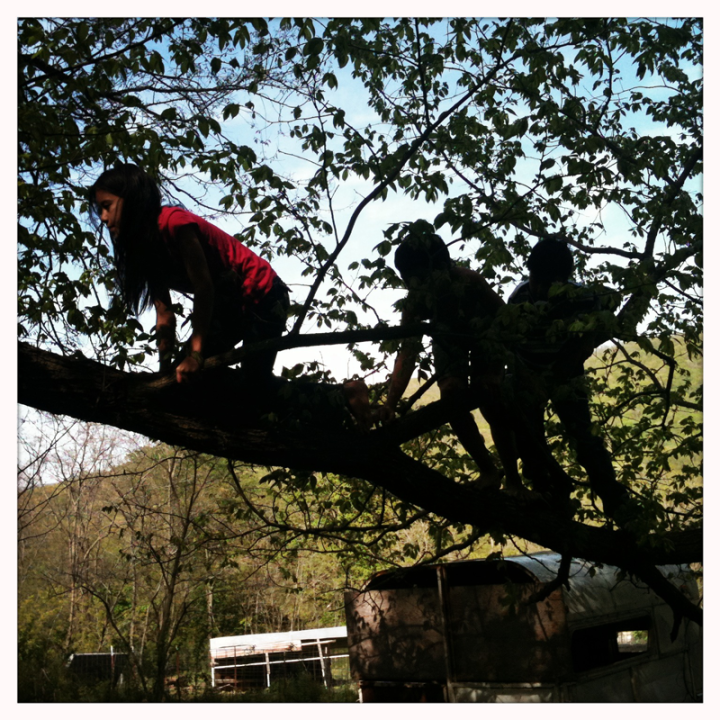If the idea of home is a safe abstraction, anyone’s actual home is ruthlessly particular. I grew up on a remote Ozark Mountain farm where my siblings and I helped tend sweet-potato crops and raise goats. My parents belonged to a wave of back-to-the-landers who arrived to live alongside hillfolk descended from Appalachian immigrants. Now in my 30s, I’ve returned to northwestern Arkansas to visit other people trying to live off the land. I’m chronicling my adventures in a book that will consider what it takes to make a home out of the place where I was born.
The fragmented Ozarks landscape has given rise to isolated homesteads where methamphetamine has replaced moonshine as the regional affliction. It has also tied together diverse people. “Dayworkers,” modern-day cowboys, shrug off authority while working cattle in stockyards and on ranches. A Hmong couple, once refugees of the Vietnam War, grow vegetables to sell at the local farmers market. Their sons butcher hogs and hunt deer. An undocumented Mexican woman tells of nearly drowning in the Rio Grande before stepping on U.S. soil buck naked. The woman hopes to recreate in Arkansas the village life she left in Mexico, but her immigration status haunts her.
All of these people share the common burden of working rocky soil, fending off the incursions of big agriculture, and raising children who choose to stay close to their roots. Images, such as the one of my brother John (above), illustrate the pursuit of the very American dream of self-sufficiency.
Follow Darcy’s work on Instagram here.

